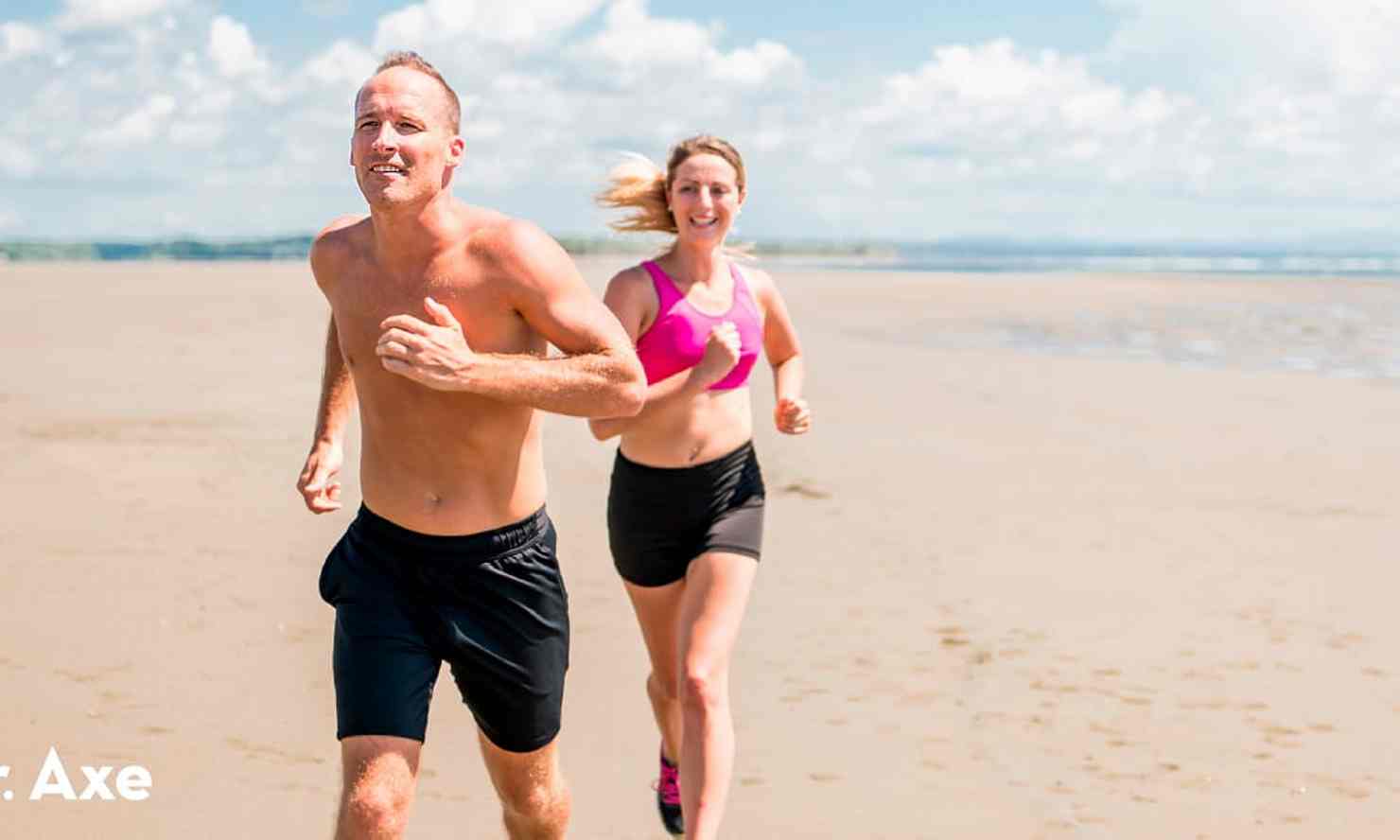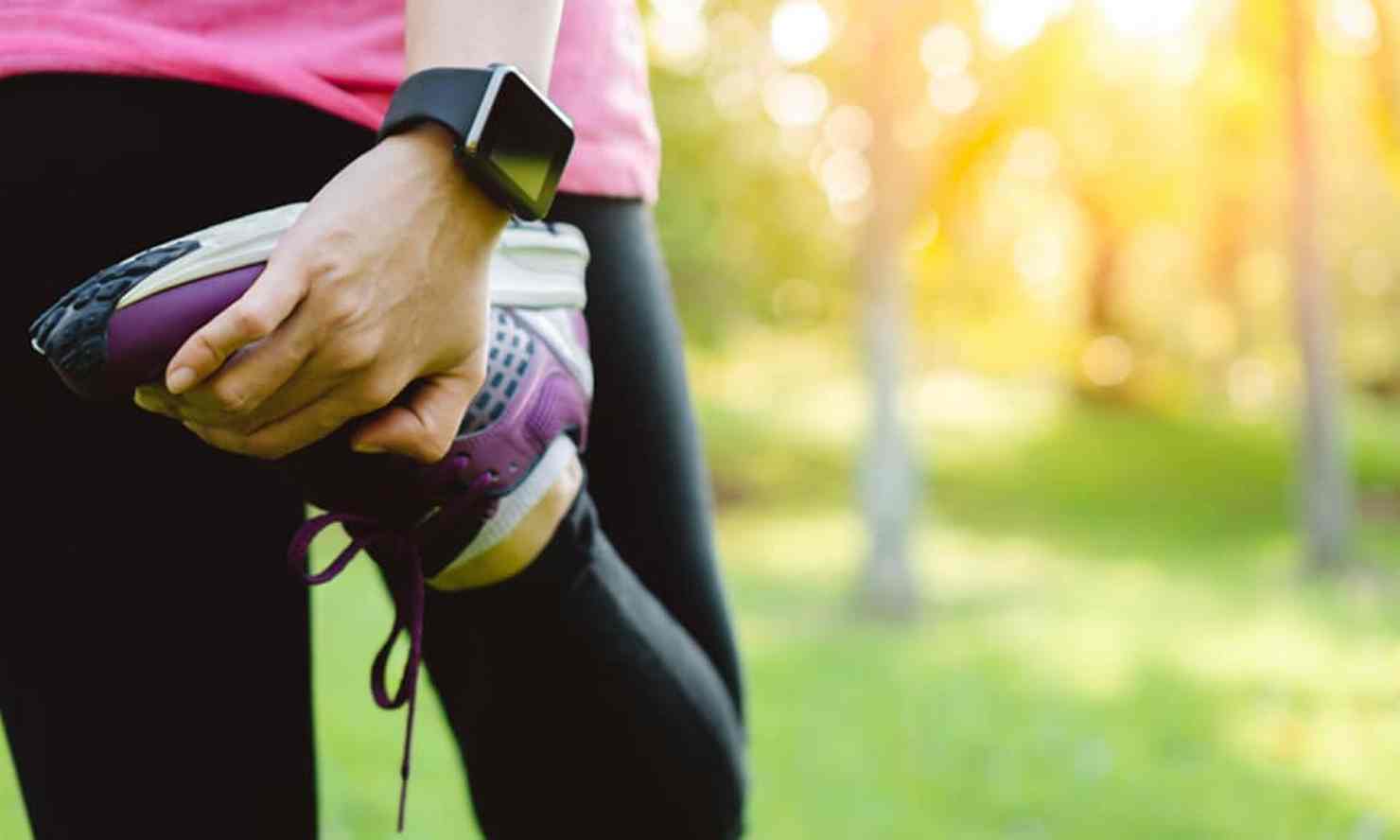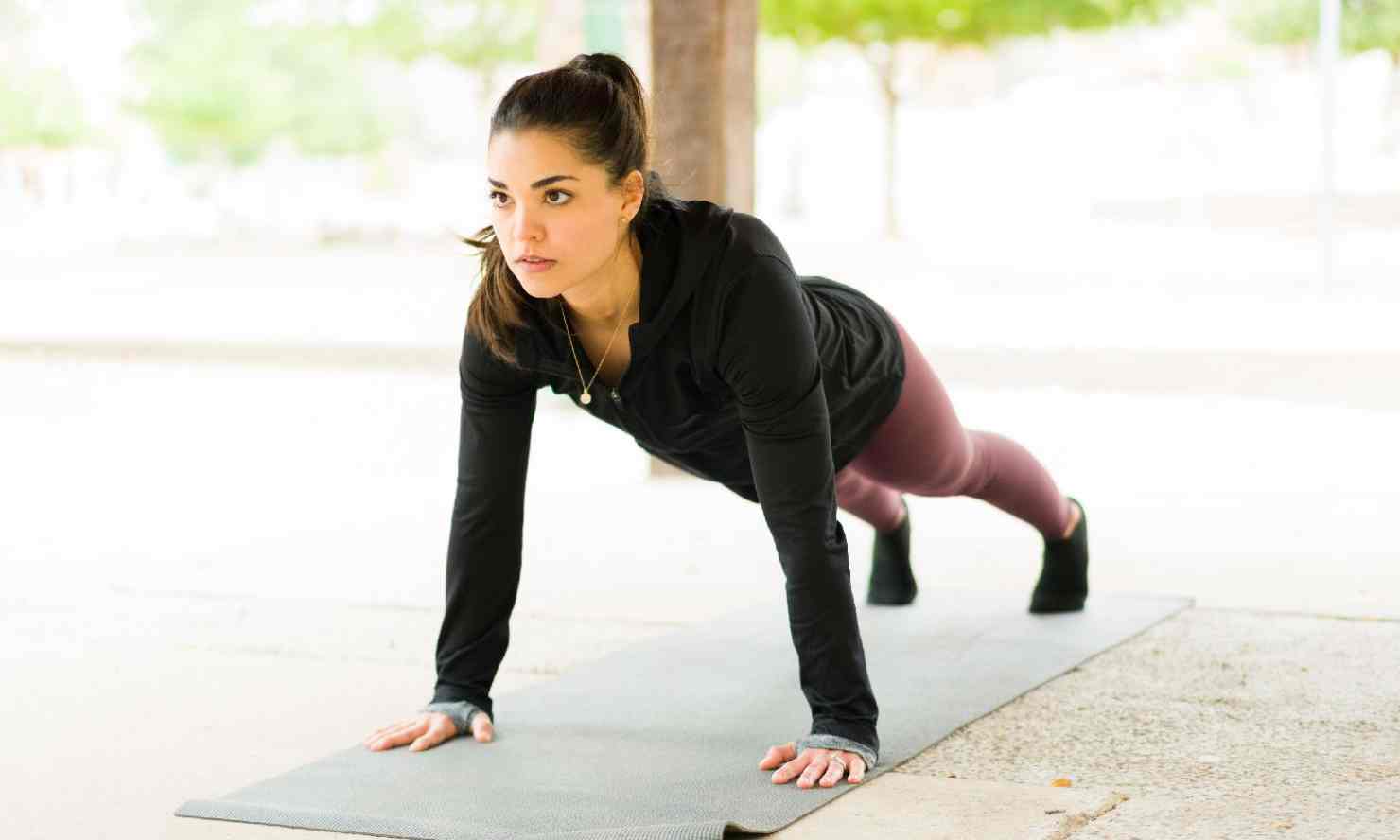
When nicer weather returns, it’s exciting to move your workouts outdoors, adding plenty of fresh air and scenic sights to the experience. However, working out in the heat can cause dehydration and overheating when it’s not done with caution.
There are ways you can work out in the heat safely, staying cool and maintaining healthy hydration levels. With these simple tips, you can continue to enjoy the outdoors while getting in your daily physical activity.
Tips for Working Out in the Heat
1. Hydrated and Rehydrate
This seems pretty obvious, but staying hydrated is critical when working out in the heat. You will sweat out the water you drink, so it’s even easier to become dehydrated.
Research shows that going into a workout hydrated is very important. Not only should you drink plenty of water before, during and after your workout, but eating foods that help restore electrolyte balance is also helpful.
Before and after exercise in the heat, eat or drink naturally hydrating foods that provide electrolytes, such as coconut water, watermelon, cucumber, celery, citrus fruits and carrots.Ad
After workouts, be sure to replace water and sodium loss by drinking two to three extra cups of water and eating sodium foods, such as pickles, sauerkraut and adding a pinch of sea salt to meals.
2. Plan Wisely
If you plan to exercise outdoors, choose a cooler time of day when the sun isn’t shining on you at its hottest. Mornings and late afternoon/early evening are great times to work out, but minimize your exposure to direct sunlight.
3. Consider a Pre-Workout Shower
Research suggests that manipulation of pre-exercise body temperature can influence your workout performance and may be an effective strategy for athletes competing in stressful environments. Taking a cool shower or a quick swim before exercising in the heat is a good way to reduce body temperature.
4. Wear Light-Weight Clothing
Avoid wearing dark-colored clothing when exercising in the heat. Go for whites or even bright clothes that reflect the sun.
You’ll also stay cooler with light-weight clothing and moisture-wicking garments that bring sweat to the outer surface and help keep you dry. You may find that loose-fitting shirts help keep you cool as well.
5. Bring an Ice Pack
If you become overheated, placing an ice pack on the back of your neck can help cool you down. You can also use a cold wash cloth to relieve the heat.
6. Listen to Your Body
It’s important to know your limits when exercising in the heat. If you begin to feel light-headed, dizzy or nauseous, it’s time to rest and drink water.
Excessive sweating can lead to heat exhaustion and have dangerous consequences, so monitor your water intake and energy levels as you go through your exercise routine.
7. Keep It Short
If you’re not used to extended workouts in the heat, keep your routine short, starting at about 20–30 minutes. Let your body get used to physical activity in the heat, whether it’s outdoors or during a heated class like hot yoga.
Related: What Are the Benefits of Working Out in the Cold? (Plus Safety Tips)
Benefits of Exercising in the Heat
1. Improves Your Endurance
Exercising in the heat helps you become more comfortable with an uncomfortable setting. It forces you to push through the discomfort, thereby improving your tolerance for tough workouts.
Research indicates that people who are more acclimated to the heat and fully hydrated have less body heat storage and perform optimally during exercise-heat stress.
2. Prepares You for Competitive Events
Because working out in the heat helps build endurance and tolerance to stress on the body, it can be useful in training for competitive events. Your ability to do intense workouts for extended periods of time will be greater after training in the heat.
3. Increases Sweat and Blood Circulation
Your body naturally responds to heat exposure by increasing sweat production and blood circulation. Learning how to adapt to these circumstances allows your body to become more able to work out in a range of temperatures.
Plus, working out in the heat safely can improve your heart and sweat rate, thereby boosting cardiovascular health.Ad
4. Promotes Detoxification
Research suggests that individuals routinely have sweating rates of one liter per hour when working in hot environments. This sweat rate promotes detoxification and allows your body to expel toxins within the body.
Remember that you need to replenish these fluids by drinking plenty of water after an outdoor workout.
Risks and Side Effects
When exercising in the heat, you need to know your limits and the warning signs of heat exhaustion. Everyone handles exposure to heat and physical activity in high temperatures differently, so you need be aware of your personal limitations.
If you experience any of the following symptoms, it’s important to stop your workout, hydrate and get your body back to a normal temperature:
- fatigue
- weakness
- muscle cramps
- nausea
- vomiting
- headache
- dizziness
- problems with vision
- excessive sweating
- confusion
- low blood pressure
There are phases of heat-related health issues, starting with feelings of weakness and dizziness, experiencing heat cramps, heat exhaustion and then heat stroke, which is a medical emergency that can cause serious damage. It’s critical to avoid any of these symptoms when taking your workouts outdoors or into high temperatures.
Conclusion
- Working out in the heat can be challenging and invigorating all at once. It helps promote detoxification and build endurance, but it can also be dangerous if it’s not done correctly.
- To work out in the heat safely, it’s critical to stay hydrated (drink plenty of water before, during and after your workout), eat or drink electrolyte foods, keep your workout time short, avoid hours of direct sunlight, wear loose-fitting clothing, and use an ice pack to cool yourself off.
- Exercise in the heat can be useful for promoting blood circulation and sweating, building tolerance to stressful situations, and making you a more competitive athlete. However, if you notice any signs of heat exhaustion or heat stroke, stop your workout, reduce your body temperature and hydrate.





